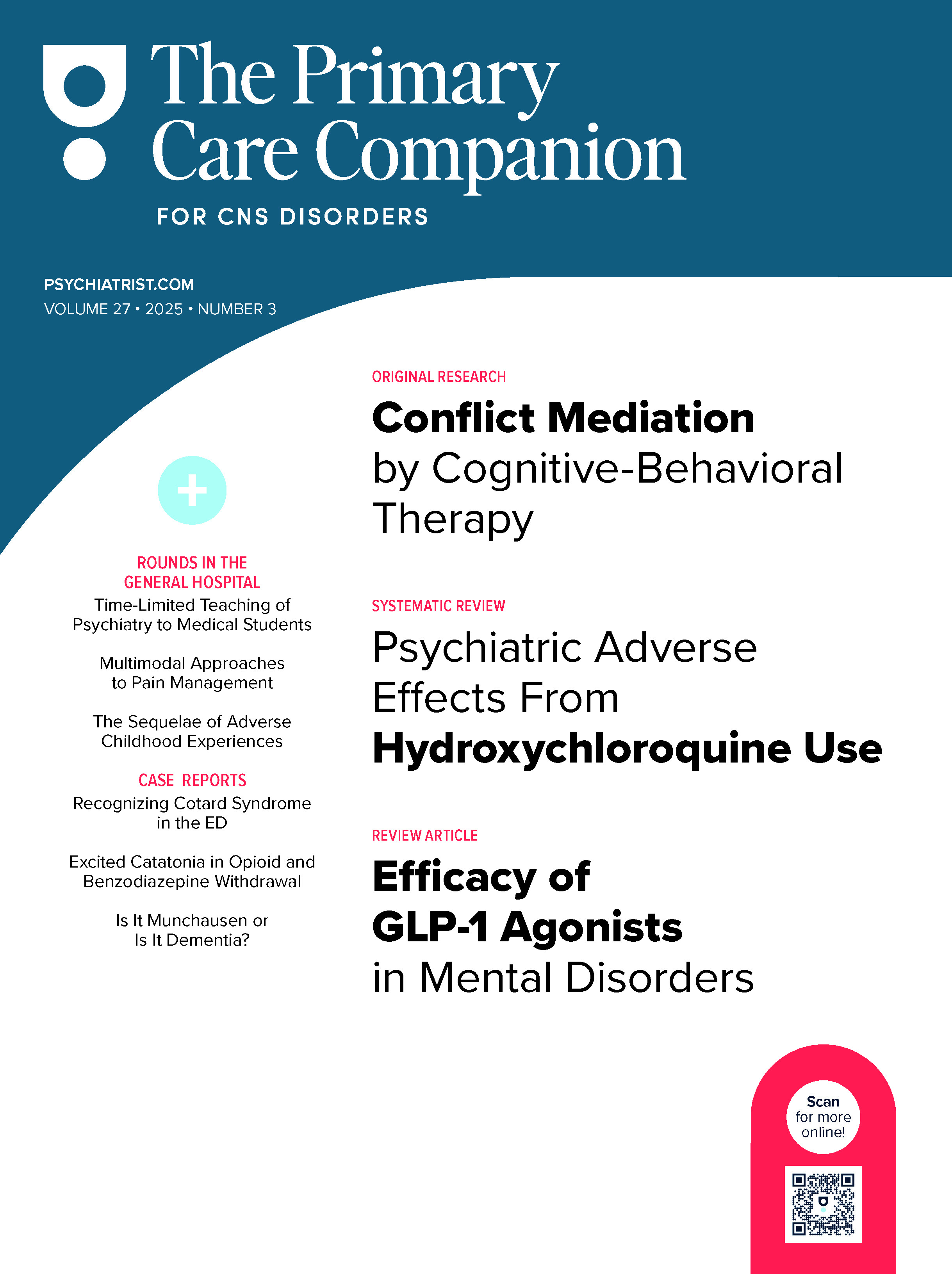All antipsychotics have actions at dopamine-2 receptors, but the atypical agents behave differently than the conventional antipsychotics at those receptors. In addition, the atypical antipsychotics block serotonin-2 receptors. These differences in receptor-binding profiles provide the basis for 2 theories that explain why the 2 classes of antipsychotics are similar in efficacy but different in side effect profile, especially in their propensity to cause motor side effects such as extrapyramidal symptoms and tardive dyskinesia.
This PDF is free for all visitors!

